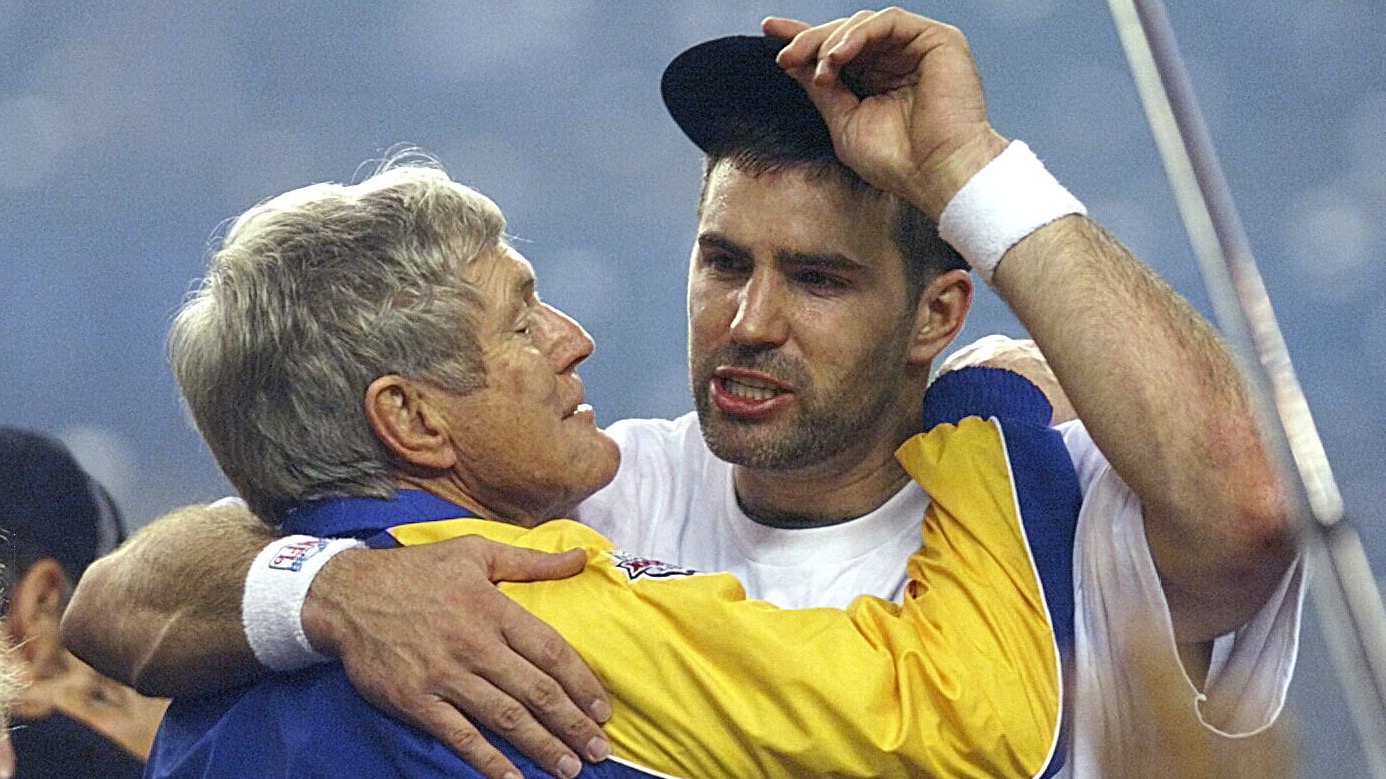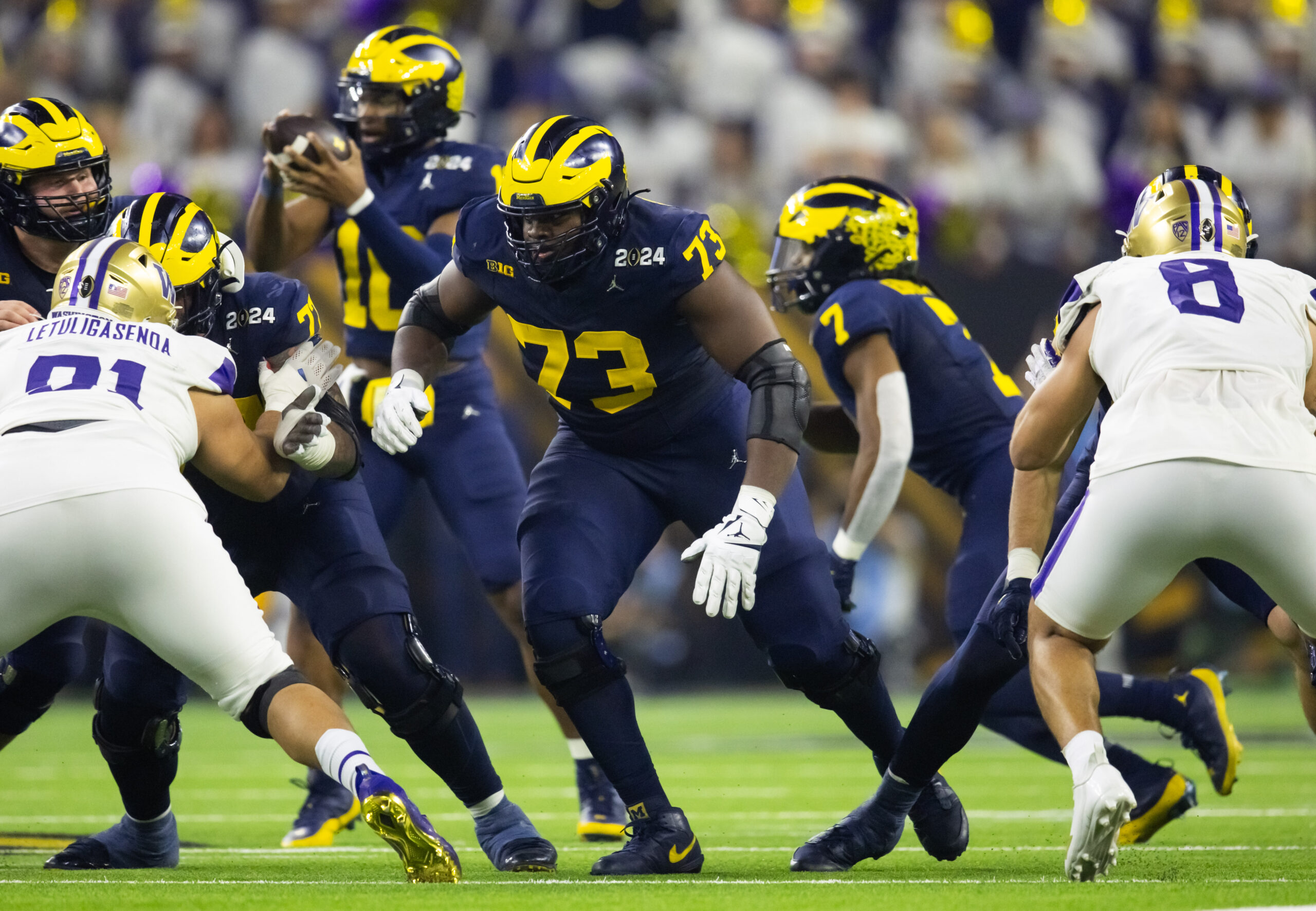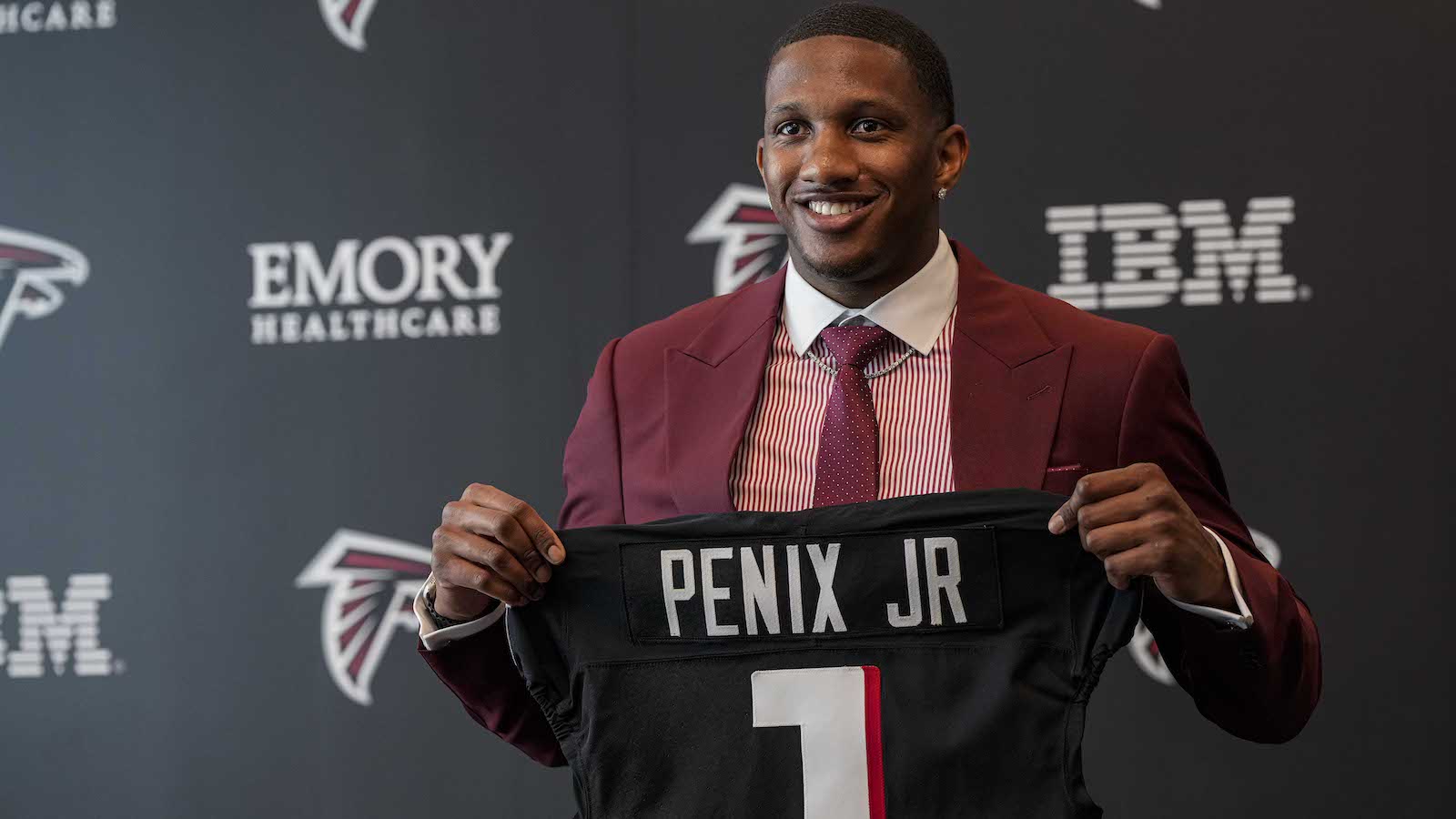Expert Analysis
3/15/23
8 min read
How NFL Teams Build Free Agency Boards; Rules They Should Follow
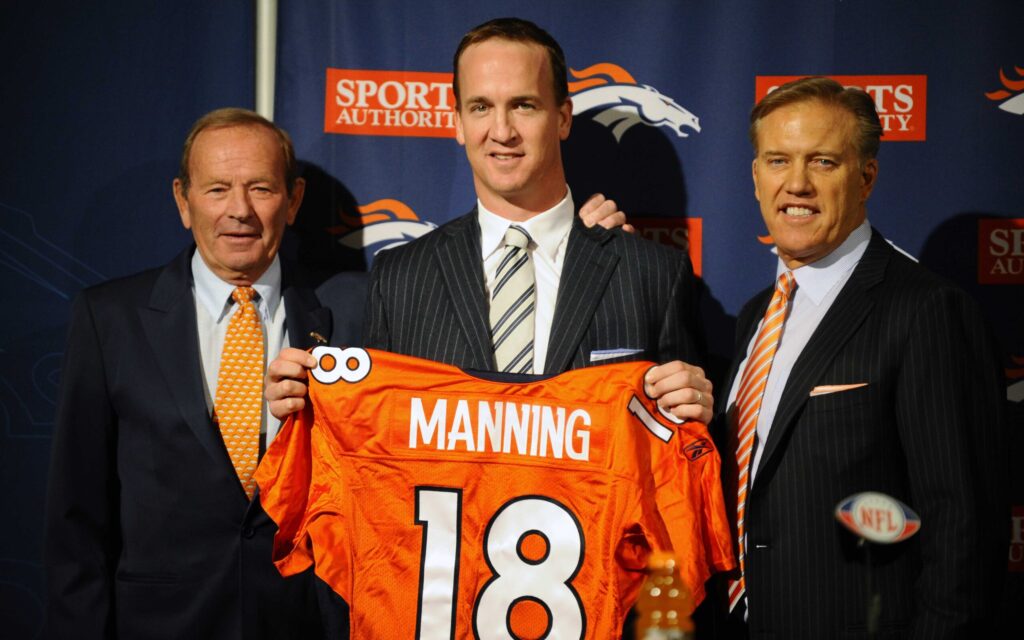
As you read this, the NFL is well into the big-money segment of free agency.
Many deals have been reached during the three-day “talking period,” which precedes the beginning of the new league year. Legally binding contracts take effect starting at 4 p.m. Wednesday.
Free Agency History
Unrestricted free agency (implemented in 1993) is a product of the collective bargaining agreement (CBA) between the NFL and the NFL Players Association. I was a member of the NFL negotiating team. The union’s chief demand, led by Gene Upshaw, was unrestricted free agency for every player with four credited seasons of NFL service and an expiring contract. The league demanded a salary cap to prevent rich, big-market teams from acquiring all the best players.
NFL Commissioner Paul Tagliabue emphasized the cap would encourage player movement and improve the competitive balance while increasing fan interest and TV dollars. He also offered a guarantee of a fixed percentage of NFL revenue to the players.
Many team owners were willing to endure any amount of pain to fend off free agency. There had been 15 years of strikes, replacement players in 1987 and many contentious court cases. Following the ’87 strike, the union brought a lawsuit in federal court in Minneapolis, demanding unrestricted free agency and substantial monetary damages. Judge David Doty heard the case. He called both sides into his chambers and ordered them to the bargaining table before he delivered an opinion with which neither side would be happy.
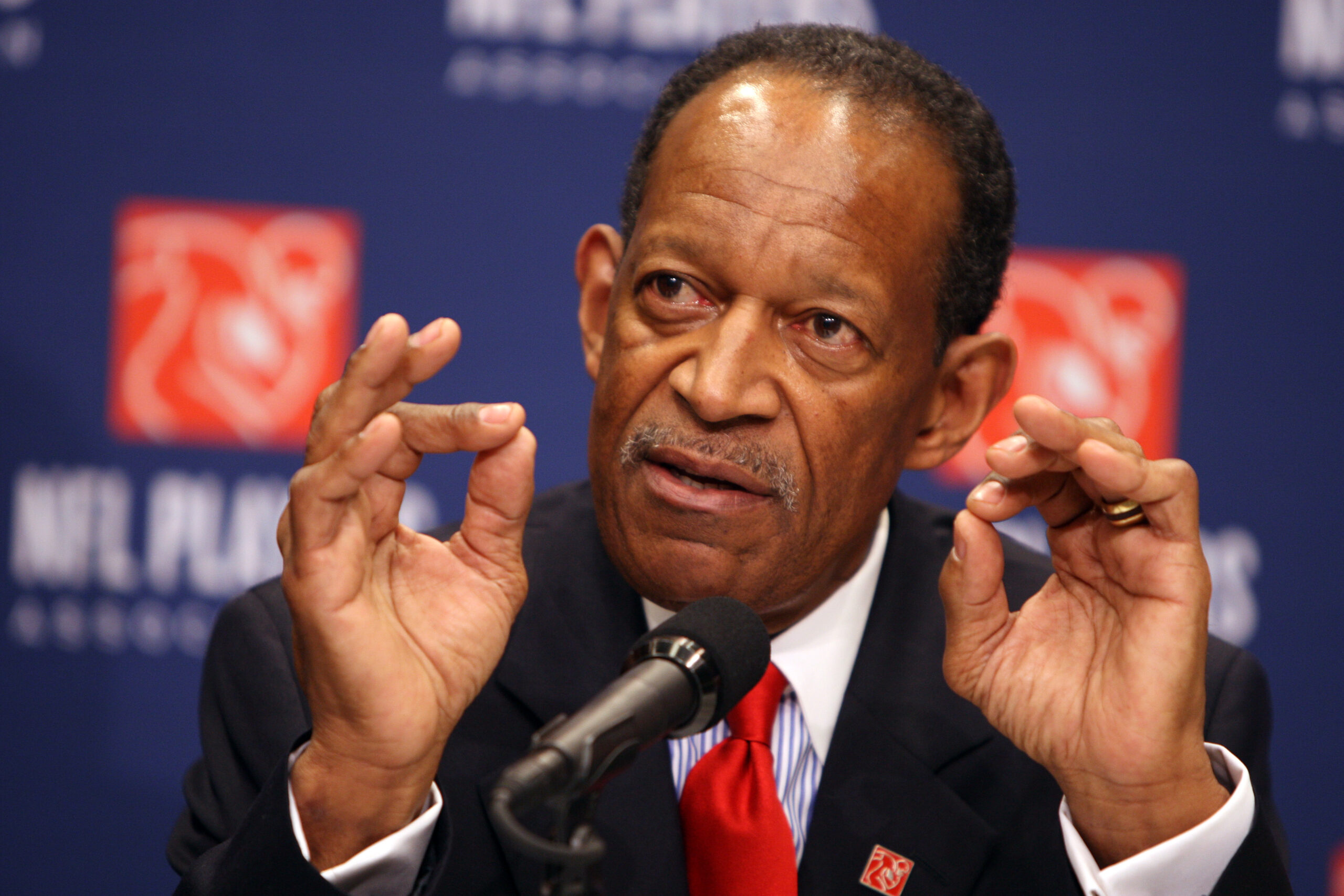
Because of Tagliabue and Upshaw's vision, leadership and integrity, an agreement was reached. The case was settled, and a new landmark CBA was implemented. The union got unrestricted free agency after four years and guaranteed 49 percent of all football revenue in return for a salary cap.
The NFL and its players have reached unimaginable levels of prosperity thanks to the intelligence, wisdom and statesmanship of Tagliabue, Upshaw and club owners such as Wellington Mara, Dan Rooney and Pat Bowlen, and in recent years Robert Kraft and John Mara.
The annual free-agent marketplace is still going strong, so let’s discuss the principles of how to operate.
Managing Money
Unrestricted free agency is about three things:
1. Money and movement for the players
2. Improvement for the teams acquiring those players
3. Salary-cap management
The salary cap doesn’t forgive mistakes and doesn’t forget. Money expended today and amortized over the life of a contract is, if the contract is terminated early, charged to a team’s cap the minute the player is let go.
Here’s an example: A player signs a five-year contract with a guaranteed signing bonus of $50 million. That bonus is counted at $10 million per year on the team’s cap for each of the five years. If the player is released after three years, two things happen. The player collects the full $50 million because it was guaranteed, and the club is hit with a $20 million cap charge immediately. These charges are known, appropriately, as “dead money.”
When GMs negotiate unrestricted free agent (UFA) contracts, they have to fit the player’s money under the salary cap and anticipate what dead money would be created if he doesn’t finish the contract. That can be based on the player’s age, injury history and the historical longevity of his position. A good portion of free agent signings don’t play out their contracts.
Finding Players
We now turn to the prospect of improving your team through unrestricted free agency. There is a great deal of spade work done by NFL pro personnel departments, culminating with a UFA board, which is ready by wild-card weekend. If the team is in the playoffs, the GM wears two hats. The first is for his duties to the team on the postseason field, and the other is preparation for free agency.
In Indianapolis, we reached the playoffs 11 times in 14 years. January was, by far, my busiest time of the year.

UFA Board
Grading Players
We graded NFL players on the same scale we graded college prospects. Coach Bill Parcells did a great job of detailing that in a previous article. Scouting terminology (i.e., colors, numbers or letters) can be confusing if you don’t work with them daily. For that reason, I’ll just name the category of players we’re referencing by letters.
A: A player who can change the game by his ability. An example would be Tom Brady or Peyton Manning.
Few of these players hit the market because clubs either signed them early or franchise-tagged them. When they do hit the market, they're usually at the end of their (i.e., Brady/Manning).
B: Players who are talented and productive enough to contribute significantly to winning but can’t win on their own. They usually sign early in free agency and get the largest contracts.
C: Players who make winning plays 60 percent or more and contribute to winning. They do not possess the traits or abilities of A or B players.
You can waste a lot of money in this market. This category makes up the bulk of the UFA market in any given year.
D: Players who fill vacancies in the lineup for short-term needs. Usually, these are aging veterans. They are generally given one-year contracts.
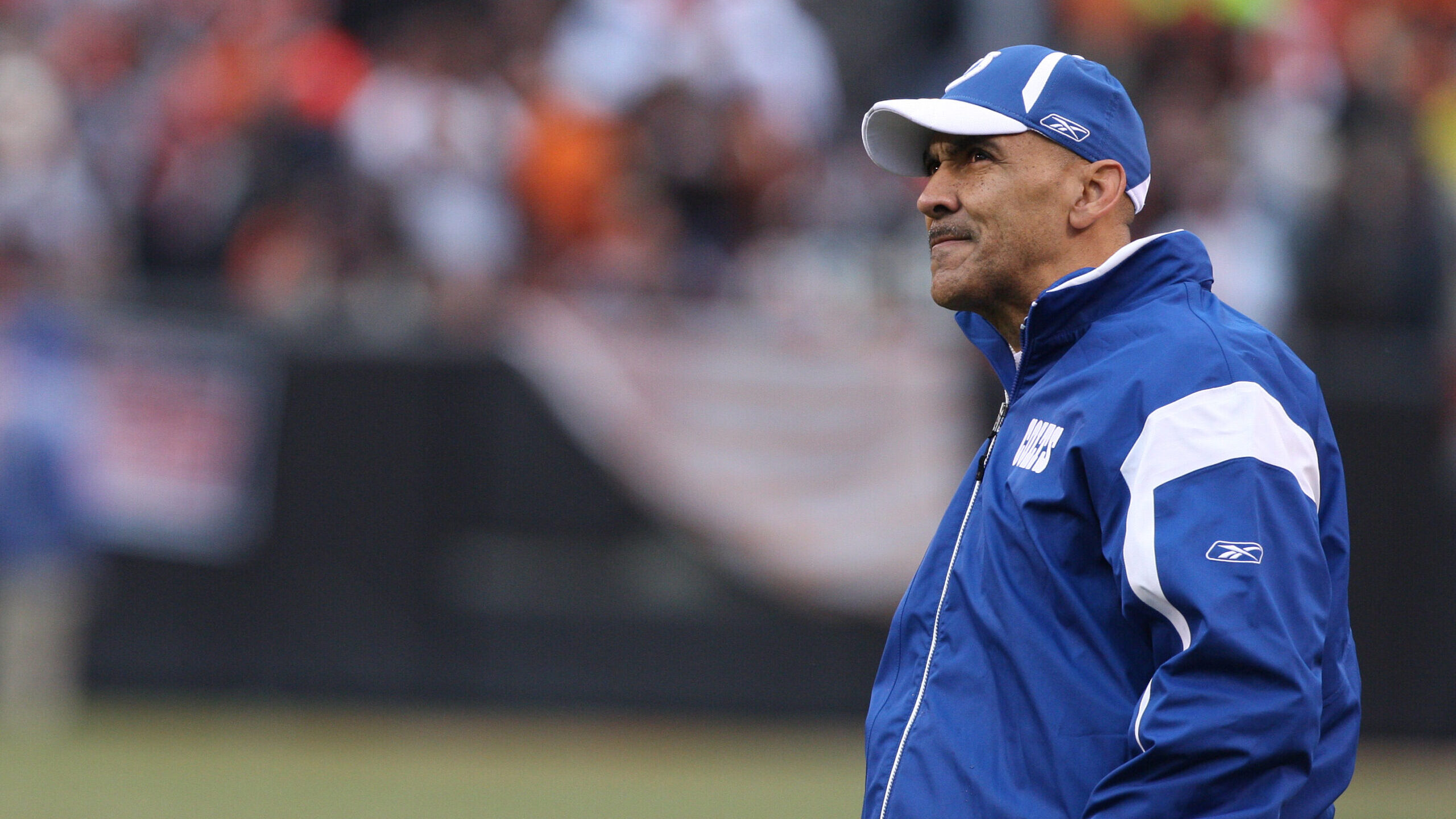
In Indianapolis, we did not want to be in this market. We preferred undrafted college free agents (a very undervalued market) to D-level players because they are far less injury prone. We followed the Tony Dungy dictum: “The most important ability is availability.”
The Marketplace
I hate referring to players as commodities. They are human beings who work hard at their jobs. In unrestricted free agency, however, the money will and should flow toward the scarcest position commodities. The scarcest position commodities are:
- Quarterback
- Defensive tackle who can rush the passer (three-down player)
- Edge rusher
- Cornerback
- Pass-blocking offensive tackle
- Three-down running back
- A-level players at other positions
- Kicker
- A-level special-teams players
- Need positions
There are only so many dollars to go around, so you must spend wisely. You cannot possibly fill every need in unrestricted free agency, no matter how much the media or fans urge you to.
Rules of the Road
The following are GM guidelines while operating in free agency.
- Pay only A-level players big guaranteed dollars.
- A-level players at positions that aren’t scarce are next in the pecking order, provided they’re 27 or younger.
- B-level players at scarce positions are worth “reasonable,” not top-of-the-market dollars if they have a shelf life and upside.
- B-level players at positions that aren’t scarce are only signed if cap space is available.
- Your own C-level players, entering their fourth season, should be let go or paid only the minimum.
- A C-level player who is smart, not injury-prone, high-character and can win for five to six games may be kept as a backup on a year-to-year basis.
- Follow the Paul Brown mandate: “Keep the squad green and growing.” Do not spend money on veteran backups, if at all possible. They should only be signed if there is no younger alternative.
- Never let an A-level player with three productive years leave over money if possible.
- Don't overpay a B-level player by going beyond the market in years or guaranteed dollars.
- Never pay a C-level player much above the minimum or give him a contract over three years.
- Don't let a veteran with A-level kick-coverage skills leave. Example: Matthew Slater.
Helpful Hints
- The most important free agents are your own.
- You are never one player away from a championship.
- There is no offseason champion. There is only the Super Bowl champion.
- You are the buyer. The agents are the sellers. You are under no obligation to buy at anything over your price.
- Set a price you’re willing to pay for each player based on your evaluation and situation. If the market goes beyond your price – pass.
- Minimize the possibility of “dead money.”
- Don’t panic if you lose a player. The best values remain later in free agency.
- You will make mistakes in free agency. Everyone does. Learn from them and move on. An error in free agency costs you two things you never get back: time and money.
Beware Of
- Players who miss multiple games each year due to injury, regardless of talent.
- Players with the following issues: substance abuse, work ethic or character problems and weight problems. They don’t change when you pay them.
- Players who greatly exceed their previous production in their contract year.
- Players who want to be wined, dined and recruited. This isn’t college.
- Agents. Their job is to get the absolute last dollar for their client, nothing else.
While fans, media and the league office enjoy this time of year a lot, it is a nightmare for GMs. You are saying goodbye to players who have given you a great deal and whom you care about greatly. You’re acquiring players to fit under the cap or fill needs you don’t know nearly as well as those leaving.
A Marv Levy-ism is undoubtedly appropriate here: “A free agent never helps his new club as much as he hurts the team he left.”
Bill Polian is a former front office executive and a six-time Executive of the Year award winner who won Super Bowl XLI with the Indianapolis Colts. Polian’s career as an executive earned him an induction into the Pro Football Hall of Fame in 2015.
As told to Vic Carucci


